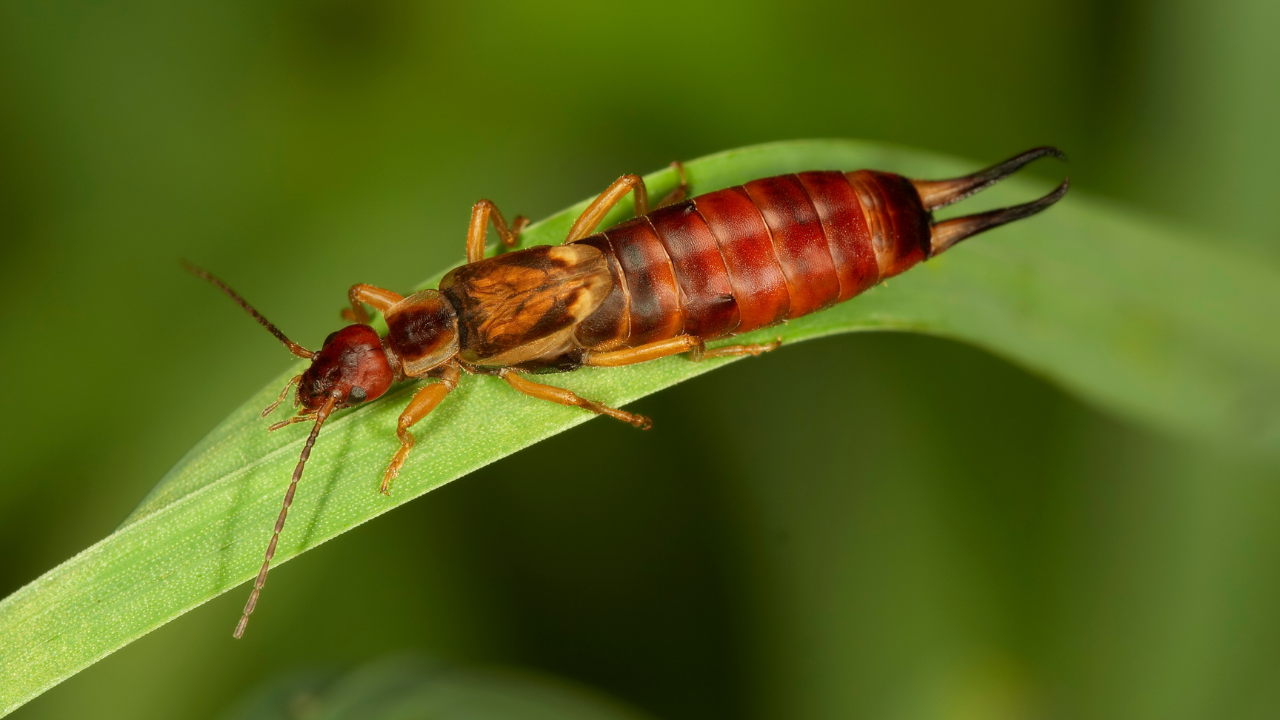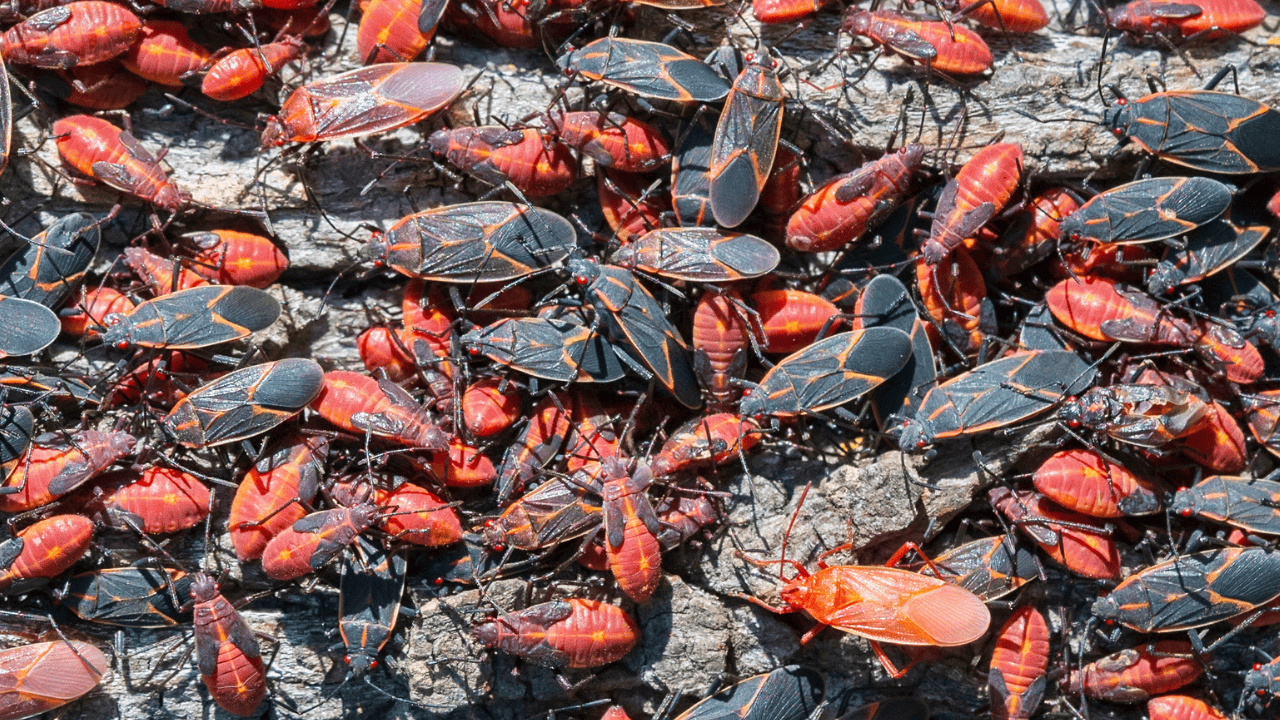6 pests homeowners might see inside this fall in Ontario
Published October 19, 2024 at 3:45 pm

As fall temperatures drop and we shift from outdoor activities like gardening and grilling to baking and cozying up by the fireplace, it’s easy to forget that our homes also become an inviting refuge for pests seeking warmth.
According to Orkin Canada, the country’s largest pest control provider, rodents, ladybugs, boxelder bugs and cluster flies are among the most common fall intruders. These pests view warm, insulated homes as ideal nesting spots.
Without proper prevention, they can lead to health risks and property damage, such as chewed wiring, contaminated food and structural issues.
Here’s some things you can do to protect your home from these intruders
Rodents

These critters can get through the smallest of openings. In fact, rats can squeeze through a hole as small as a quarter while mice can slip through a space no larger than your pinky.
Risks: Rodents carry deadly diseases, contaminate food and cause damage by gnawing through electrical wiring and structures in your home.
What you should do: Check the exterior of your home for cracks or crevices and use a weather-resistant sealant reinforced with steel wool to prevent rodents from gnawing through. In addition, try to keep your home clean and regularly vacuum.
Cockroaches

Cockroaches thrive in warm conditions. Basements, bathrooms, greenhouses, kitchens and rooms with sewer pipes or plumbing are their preferred habitats
Risks: Household infestations and food contamination.
What you should do: Individuals are advised to clean and vacuum often. Store food in sealed containers. Keep cupboards dry. Seal crevices and openings. Repair leaks and cracks in plumbing. Use a dehumidifier to reduce moisture.
Earwigs

Earwigs prefer dark and damp soil as they forage for dead or decaying vegetable matter, dead insects, spiders, aphids, caterpillar pupae, piles of leaves, vegetation, and mulch. These insects are helpful in a way, by breaking down dead plants which is good for the soil.
Risks: This pests may find refuge in basements or cracks in your home’s foundation. The moist conditions from leaky downspouts and drainage issues can make your home a prime spot for earwig infestations.
What you should do: To prevent an infestation, remove any rotting plants. Clean up piles of leaves, and cut grass. Try to fix leaky downspouts and broken sprinklers and redirect drains.
Boxelder Bugs

During the summer, Boxelder bugs also called Maple bugs, feed on sap from seed pods. In the fall they migrate indoors seeking warmth in barns, sheds or around window casements.
Risks: Boxelder bugs are a nuisance by themselves and dead bugs can also attract other insects like carpet beetles.
What you should do: Seal gaps around your home’s foundation. Fix door and window screens. Cover open vents and replace any female Boxelder trees you have with males. Also, regularly vacuum up any Boxelder bugs you find.
Cluster flies

Flies look for warm places to hibernate in both the fall and winter months. Buildings with west and south-facing exposures, which receive more direct sunlight, are particularly appealing to these pests.
Risks: Although flies don’t pose a danger to humans and don’t breed in places they invade, these insects are widely considered a nuisance because they hibernate in large numbers.
What you should do: Seal cracks and crevices on the outer walls of your home. Regularly vacuum to eliminate flies and use an insect light trap to capture them.
Beetles

Asian Lady Beetles, also known as Ladybugs, and Stink Bugs are the two most common beetles that may seek shelter in your home during the fall and winter.
Risks: Ladybugs are a nuisance as they can emit a foul-smelling yellow liquid that may stain surfaces. They can gather in large numbers, leading to piles of dead beetles around windows and in light fixtures.
Stink bugs give off a foul odor when crushed or disturbed which can cause allergic reactions like rhinitis or conjunctivitis.
What you should do: Seal cracks and crevices. Repair damaged door and window screens. Inspect siding, utility pipes, and chimneys and trim outdoor vegetation.
For more information on these pests and tips on how to protect your home you can visit Orkin’s website here.
INsauga's Editorial Standards and Policies